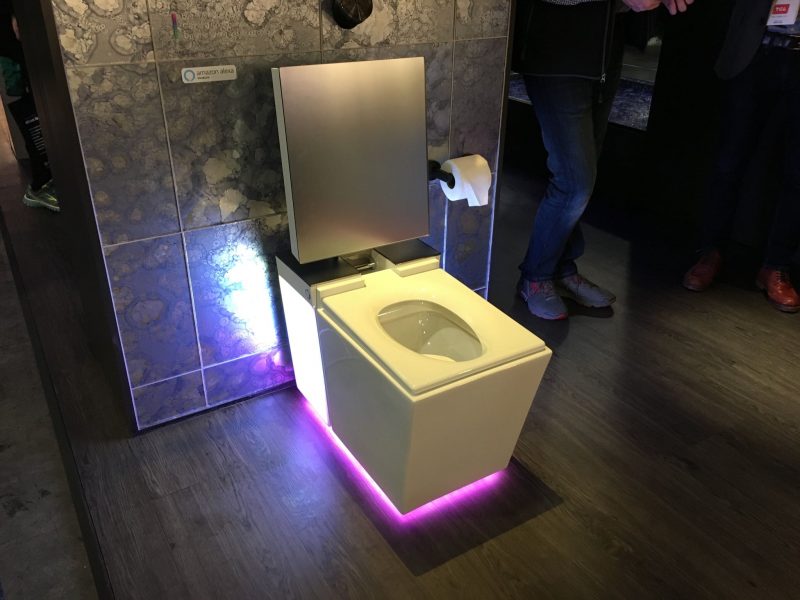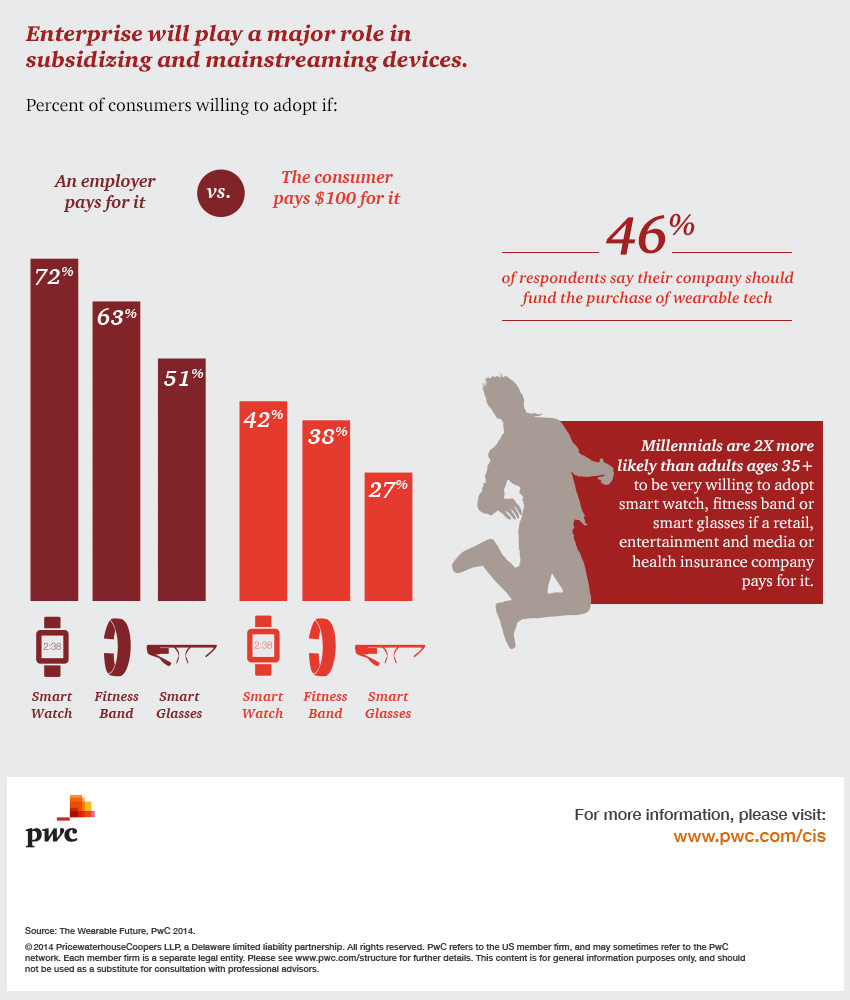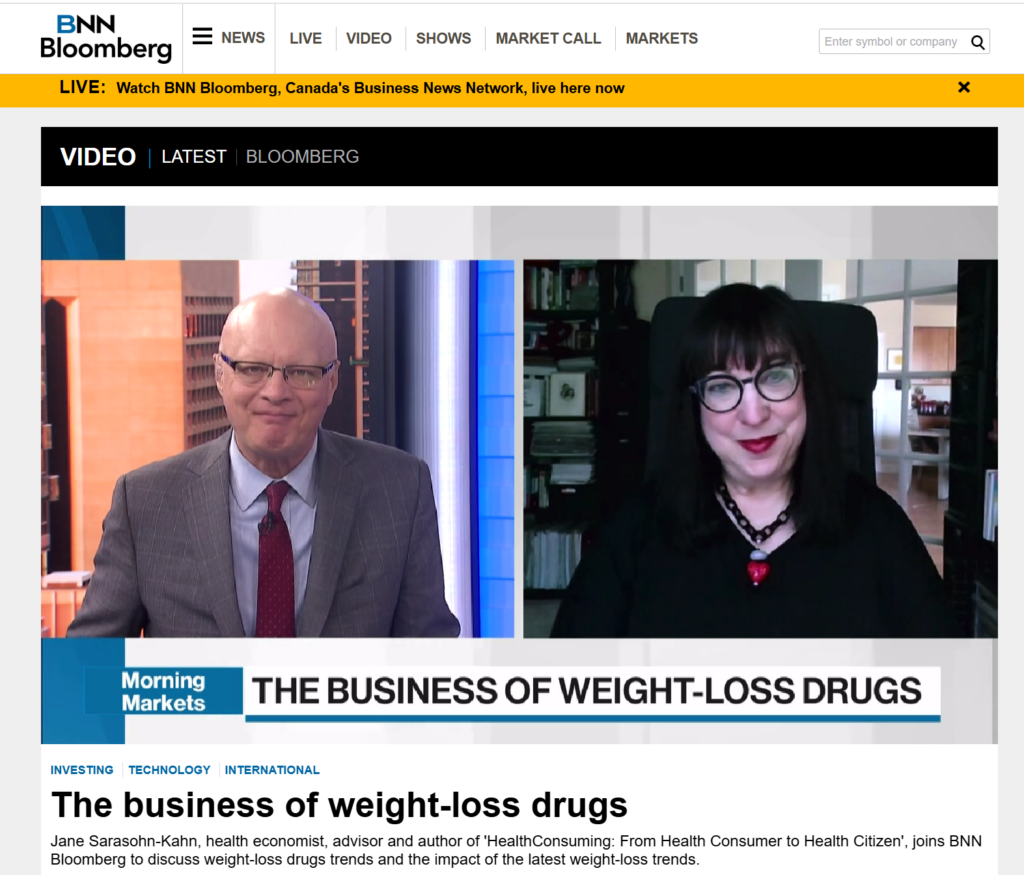According to the Cambridge Dictionary, a “caveat” is, “a warning to consider something before doing anything more.”
It is fitting that CES is held in Las Vegas, land of high risk and, with a lot of luck, reward. With that theme in mind, I depart LAS airport tonight on an aptly-named red-eye flight back home after spending an entire week here. I’m pondering not what I saw — some of which I covered daily over the past week — but what I didn’t see. Consider these the caveats for health/care at #CES2019. In no particular order…
 Where was the Chairman of the FCC? Before last year’s CES, the Federal Communications Commission (FCC) had been working to eliminate net neutrality from United States communication policy. In June 2018, the FCC rolled back net neutrality, a policy that President Obama had put in place. Net neutrality is the requirement that Internet service providers (ISPs) treat all data the same regardless of type, destination, or original source. Simply put, net neutrality is the concept that all data are created equal. Without net neutrality, ISPs can charge consumers and customers different prices for different speeds of data traffic. I’ve asserted for many years that connectivity and broadband are a social determinant of health. Without online access, people can’t seek jobs, get educated, enroll in health insurance, socially connect with other people, or seek health information for self-care or diagnosed conditions on WebMD or “Dr. Google.” The lack of net neutrality for health care could further complicate and slow the adoption of telehealth, especially in rural and under-served areas. Last year, FCC Chairman Ajit Pai didn’t show up to CES 2018, reportedly because he had death threats related to his position on rejecting net neutrality. This year, Chairman Pai didn’t appear at CES, either, blaming this on the U.S. Federal government shutdown. Pai was scheduled, both years, to discuss Federal communications policy on a big stage with CTA President Gary Shapiro. And neither year did we CES attendees have the benefit of such a discussion.
Where was the Chairman of the FCC? Before last year’s CES, the Federal Communications Commission (FCC) had been working to eliminate net neutrality from United States communication policy. In June 2018, the FCC rolled back net neutrality, a policy that President Obama had put in place. Net neutrality is the requirement that Internet service providers (ISPs) treat all data the same regardless of type, destination, or original source. Simply put, net neutrality is the concept that all data are created equal. Without net neutrality, ISPs can charge consumers and customers different prices for different speeds of data traffic. I’ve asserted for many years that connectivity and broadband are a social determinant of health. Without online access, people can’t seek jobs, get educated, enroll in health insurance, socially connect with other people, or seek health information for self-care or diagnosed conditions on WebMD or “Dr. Google.” The lack of net neutrality for health care could further complicate and slow the adoption of telehealth, especially in rural and under-served areas. Last year, FCC Chairman Ajit Pai didn’t show up to CES 2018, reportedly because he had death threats related to his position on rejecting net neutrality. This year, Chairman Pai didn’t appear at CES, either, blaming this on the U.S. Federal government shutdown. Pai was scheduled, both years, to discuss Federal communications policy on a big stage with CTA President Gary Shapiro. And neither year did we CES attendees have the benefit of such a discussion.
 Where was the smart toilet we really need? There was a lot of whimsical Twitter activity in my tweet-feed about an Amazon Alexa-enabled toilet at CES 2019. Kohler launched Numi 2.0, retail priced at $7,000 and pictured here. Descriptions tried to out-pun each other, e.g., “a fully-immersive experience,” “Game of Thrones,” and, “CES 2019 is flush with smart toilets.” Ian Bremmer, CEO of the Eurasia Group, commented, “A toilet is not something you want to be fully immersive.” MIT Technology Review rightly opined via tweet, “AI-embedded goods abound…anything that was perfectly fine without AI, you will most certainly find with it at #CES2019.” In addition to Kohler’s, I saw other smart toilets including the Toto Neorest NX2, and for your kitty cats, the Lavviebot. Other intelligent toilets have been developed by Matsushita, Panasonic, Toshiba, Lotus Hygiene, Coway, and others. I’ve been tracking the promise of this product concept for a while, along with my design-ful friend Stuart Karten of Karten Design. There is an important role for smart toilets in the homes of people managing chronic conditions where patient-generated bathroom data can be really useful. My friends who deal with Crohn’s and other gut issues, for example, track this information. People managing type 2 diabetes sometimes use urine strips to test blood sugar. I welcome the day when our smart toilets stop flushing away valuable personal data…and inform us for better self-care. We can and should expect commercially-scaled smart toilets soon with these clinical capabilities. MIT and the European Space Agency are working on the FitLoo right now. That’s my idea of a really smart toilet.
Where was the smart toilet we really need? There was a lot of whimsical Twitter activity in my tweet-feed about an Amazon Alexa-enabled toilet at CES 2019. Kohler launched Numi 2.0, retail priced at $7,000 and pictured here. Descriptions tried to out-pun each other, e.g., “a fully-immersive experience,” “Game of Thrones,” and, “CES 2019 is flush with smart toilets.” Ian Bremmer, CEO of the Eurasia Group, commented, “A toilet is not something you want to be fully immersive.” MIT Technology Review rightly opined via tweet, “AI-embedded goods abound…anything that was perfectly fine without AI, you will most certainly find with it at #CES2019.” In addition to Kohler’s, I saw other smart toilets including the Toto Neorest NX2, and for your kitty cats, the Lavviebot. Other intelligent toilets have been developed by Matsushita, Panasonic, Toshiba, Lotus Hygiene, Coway, and others. I’ve been tracking the promise of this product concept for a while, along with my design-ful friend Stuart Karten of Karten Design. There is an important role for smart toilets in the homes of people managing chronic conditions where patient-generated bathroom data can be really useful. My friends who deal with Crohn’s and other gut issues, for example, track this information. People managing type 2 diabetes sometimes use urine strips to test blood sugar. I welcome the day when our smart toilets stop flushing away valuable personal data…and inform us for better self-care. We can and should expect commercially-scaled smart toilets soon with these clinical capabilities. MIT and the European Space Agency are working on the FitLoo right now. That’s my idea of a really smart toilet.
 Who will buy at what price? It is encouraging to see the growing health and fitness supply side at CES populated with more products that have been FDA-cleared for serious clinical use. There are better designed products for consumers to gauge blood pressure and ECG, and to conduct ultrasound tests. Other FDA-cleared or -pending devices treat pain in the expanding category of digital therapeutics and other relief devices for sinus and neuro-muscular pain. There’s clearly consumer “need” to alleviate pain and prevent heart attacks. But then there’s the question of “demand” we economists ask. Demand is need filtered by a consumer’s willingness-to-pay for something. And when it comes to medical versus “wellness” or “fitness” products, it’s unclear just what consumers are willing to pay for. This is new-new territory, the consumer healthcare pricing game. I was intrigued to hear from Patrick Freuhler, CEO and Founder of Audicus, the OTC hearing aid innovator, that his company is considering a kind of subscription pricing plan that would charge the user a set cost on a monthly basis in lieu of the entire price up-front for the device. Consumers have surely warmed up to subscriptions, just like monthly mobile phone charges that appear on credit card statements. Value is in the eye of the beholder: we are in an era of health system value-based payment, and one for consumer health as well. For some context, the chart from a recent PwC survey found that if a consumer had to pay $100, 38% of people would buy and use a fitness band; but if an employer subsidized the cost, 63% would use it. While a fitness band isn’t a pain relief device or hearing aid, this scenario does give some indication of the complexity of people’s cost thresholds for wearable med-tech.
Who will buy at what price? It is encouraging to see the growing health and fitness supply side at CES populated with more products that have been FDA-cleared for serious clinical use. There are better designed products for consumers to gauge blood pressure and ECG, and to conduct ultrasound tests. Other FDA-cleared or -pending devices treat pain in the expanding category of digital therapeutics and other relief devices for sinus and neuro-muscular pain. There’s clearly consumer “need” to alleviate pain and prevent heart attacks. But then there’s the question of “demand” we economists ask. Demand is need filtered by a consumer’s willingness-to-pay for something. And when it comes to medical versus “wellness” or “fitness” products, it’s unclear just what consumers are willing to pay for. This is new-new territory, the consumer healthcare pricing game. I was intrigued to hear from Patrick Freuhler, CEO and Founder of Audicus, the OTC hearing aid innovator, that his company is considering a kind of subscription pricing plan that would charge the user a set cost on a monthly basis in lieu of the entire price up-front for the device. Consumers have surely warmed up to subscriptions, just like monthly mobile phone charges that appear on credit card statements. Value is in the eye of the beholder: we are in an era of health system value-based payment, and one for consumer health as well. For some context, the chart from a recent PwC survey found that if a consumer had to pay $100, 38% of people would buy and use a fitness band; but if an employer subsidized the cost, 63% would use it. While a fitness band isn’t a pain relief device or hearing aid, this scenario does give some indication of the complexity of people’s cost thresholds for wearable med-tech.
 Where was UnitedHealthcare this year? For several years, I looked forward to speaking with representatives from UnitedHealthcare, which invested in a large booth presence at CES. This year, the company wasn’t here. But CVS+Aetna were here in a large, colorfully-branded booth featuring the iconic CVS heart and staffed by folks from both organizations. The companies attended CES celebrating their recent merger. So UHC was MIA at CES this year. Interestingly, a CVS+Aetna booth rep told me folks from UHC attending CES stopped by for a chat. So UHC was on the CES floor as attendees, not as exhibitor. Here’s a photo of the CVSHealth booth, which featured three value-based scenarios that the companies address with their combined assests: managing Type 2 diabetes, a knee replacement, and childbirth.
Where was UnitedHealthcare this year? For several years, I looked forward to speaking with representatives from UnitedHealthcare, which invested in a large booth presence at CES. This year, the company wasn’t here. But CVS+Aetna were here in a large, colorfully-branded booth featuring the iconic CVS heart and staffed by folks from both organizations. The companies attended CES celebrating their recent merger. So UHC was MIA at CES this year. Interestingly, a CVS+Aetna booth rep told me folks from UHC attending CES stopped by for a chat. So UHC was on the CES floor as attendees, not as exhibitor. Here’s a photo of the CVSHealth booth, which featured three value-based scenarios that the companies address with their combined assests: managing Type 2 diabetes, a knee replacement, and childbirth.
Health Populi’s Hot Points: Please check back with Health Populi in the coming days where I’ll be writing up my learnings about smart homes for health — the home as health hub; more on women’s health; and, the growing world of patient/consumer-generated data for health and wellness, prospects and perils learned at CES 2019.





 Interviewed live on BNN Bloomberg (Canada) on the market for GLP-1 drugs for weight loss and their impact on both the health care system and consumer goods and services -- notably, food, nutrition, retail health, gyms, and other sectors.
Interviewed live on BNN Bloomberg (Canada) on the market for GLP-1 drugs for weight loss and their impact on both the health care system and consumer goods and services -- notably, food, nutrition, retail health, gyms, and other sectors. Thank you, Feedspot, for
Thank you, Feedspot, for  As you may know, I have been splitting work- and living-time between the U.S. and the E.U., most recently living in and working from Brussels. In the month of September 2024, I'll be splitting time between London and other parts of the U.K., and Italy where I'll be working with clients on consumer health, self-care and home care focused on food-as-medicine, digital health, business and scenario planning for the future...
As you may know, I have been splitting work- and living-time between the U.S. and the E.U., most recently living in and working from Brussels. In the month of September 2024, I'll be splitting time between London and other parts of the U.K., and Italy where I'll be working with clients on consumer health, self-care and home care focused on food-as-medicine, digital health, business and scenario planning for the future...